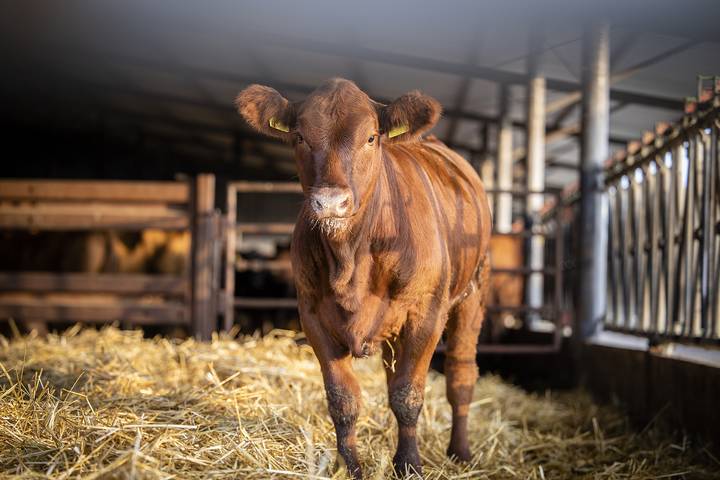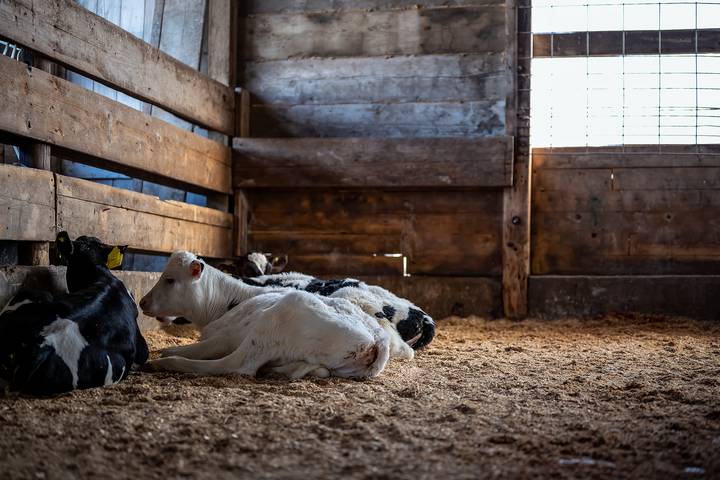Health and well-maintained calves are the centers of the cattle farming business because they determine the sector’s future. However, that doesn’t mean that you should take care of the adult cows because they’re the source of more calves in days to come.
Caring for calves can be challenging but simpler when you have the relevant details. Raising and caring for calves isn’t difficult, as other farmers might have told you. You only have to implement the right tips and details to succeed in the move. Hopefully, the best information will be helpful to you as a farmer as you seek to care for your calves.
Let’s explore how to care for a calf alongside other valuable details.
Step #1: Calf Pens (housing)
Caring for calves begins long before birth, requiring farmers to prepare themselves early to avoid the last-minute rush. Calf pens refer to a space specifically designed to house calves as they grow. Farmers must ensure a safe birth condition for the animals and their mothers when the calf is born to avoid contamination.
The newly-born calf should be housed in a well-spaced (2.3 sq. meters per calf) with non-slippery and solid dry flooring, ventilated, clean shelter separate from the rest of the adult cows and grown-up calves. The housing area should also be dry, shielded from adverse weather conditions, and free from drafts.
Beddings in calf pens should be comfortable enough for the calves to sleep and rest. You may include sand, wood shavings, or straw. Remember to secure the pens with a gate and constantly monitor and observe the calves while in the space to avoid injuries or unnoticed illnesses. Above all, you should keep calf pens clean and disinfected against diseases.
Step #2: Calf Feeding
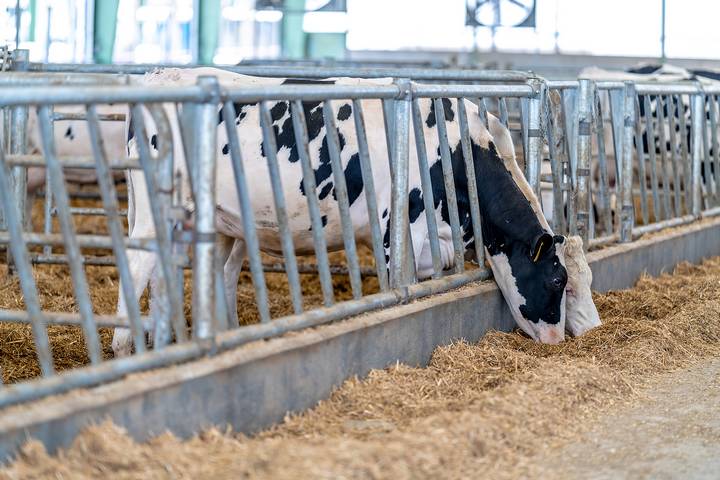
After finding a clean and stable housing space for the calf, you can proceed to the feeding phase, which is crucial to keep the animal healthy and robust. Newly-born calves are fed colostrum from their mother’s milk within some hours after birth.
For orphaned calves or those whose mothers cannot generate enough milk, farmers can use colostrum supplements and substitutes as advised by the vet. After being fed the colostrum, the calf shifts to whole milk, acquired directly through breastfeeding. Alternatively, you can feed the calf using treated or nippled buckets or bottles with the right milk quantities prescribed by the vet or more qualified farmers.
After that, you can now slowly introduce solid animal feeds, but those which are soft enough for calves. Farmers must ensure the calves acquire adequate and clean water to help with digestion and keep them hydrated.
Step #3: Vaccination
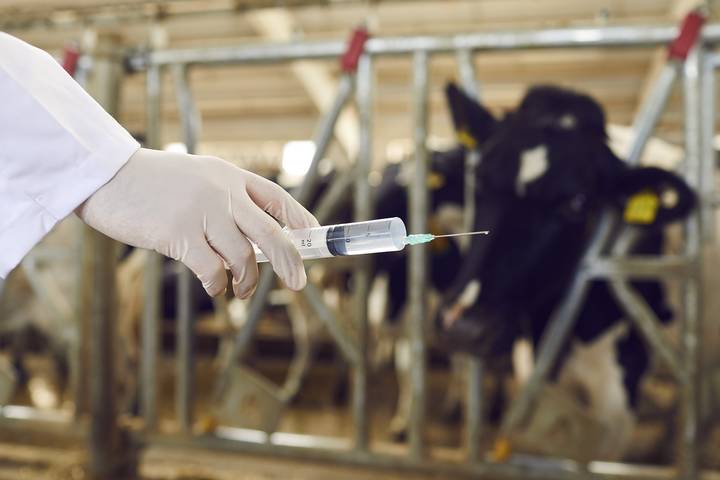
Vaccination is crucial to any calf’s life as it protects them from various diseases while reducing contamination risks. However, it’s not advisable to begin immunizing the calves without consulting an experienced vet who can provide reliable guidelines to follow. After understanding the calf’s vaccination requirements, you can devise a schedule that ensures none of the immunizations are skipped or ignored.
The most common calf vaccination protects calves against leptospirosis, tetanus, blackleg, parainfluenza-3, bovine viral diarrhea, and infectious bovine rhinotracheitis. These vaccines can be offered separately, while others are combined for more effective results. Alongside the vaccinations, ensure to undertake preventive measures against the above diseases.
Step #4: Calf Hygiene
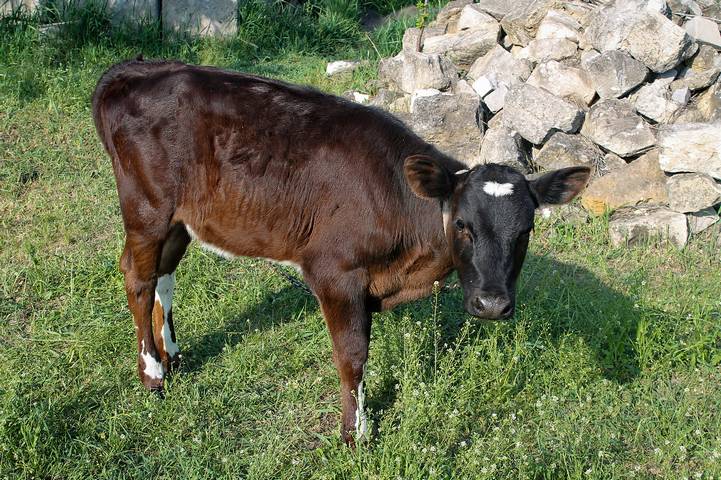
While all cows require maximum hygiene, it’s more crucial for calves due to their vulnerability to potential misfortunes. Therefore, farmers must provide food and water in clean troughs to keep diseases away.
Even better, schedule regular appointments with the vet as they can speculate on conditions and how to prevent them. Other calf hygiene techniques include disinfecting its living area, cleaning it regularly to eliminate waste materials, and allowing enough ventilation.
Step #5: Calf Socialization and Exercise
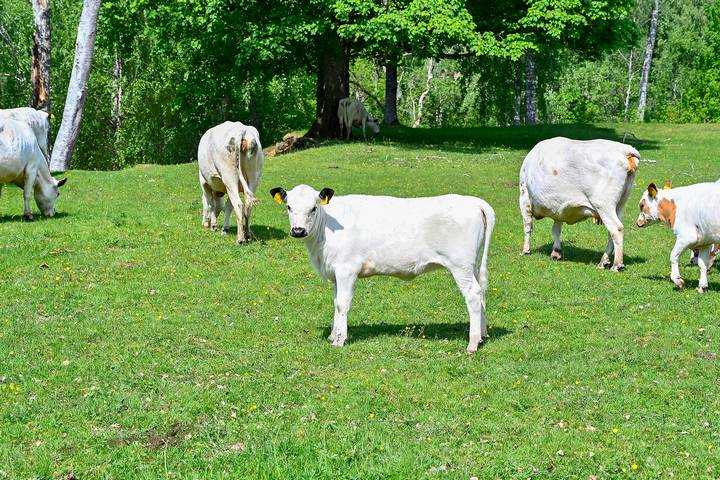
Like other animals, calves require maximum socialization skills to boost their behavioural development and emotional well-being. While socializing calves isn’t easy, the outcomes are worth the effort. You can socialize your calves by letting them enjoy some hours of outdoor activities alongside other calves and adult calves but under your watch.
Besides socialization, calves also exercise, which is crucial for brain, muscle, and skeletal development. Some exercises include playing, chasing, and jumping with other calves. Calf socialization is generally beneficial as it reduces stress, improves overall health, enhances productivity, boosts immunity, and prevents diseases related to loneliness and seclusion.
Step #6: Calf Weaning and Security
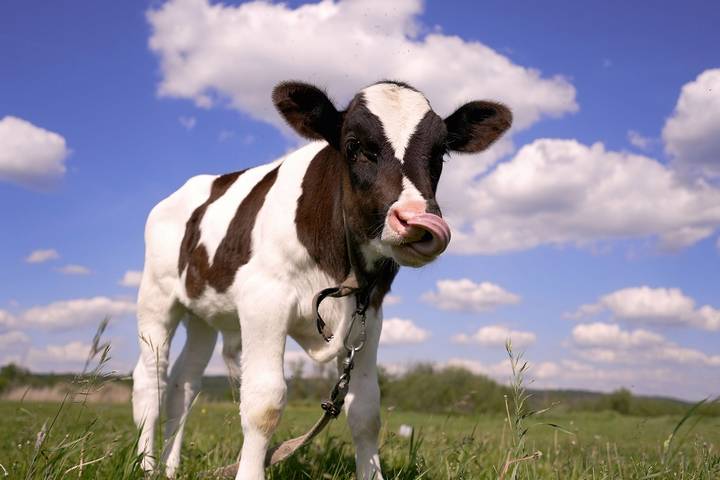
Weaning refers to introducing solid animal feeds to calves from their mother’s milk. The primary purpose of weaning is to provide the calf with the required nutrients for its growth and development. The calf’s weight and age determine the amount of feed consumed during the weaning phase alongside other special factors, such as underlying health issues.
Security for calves involves ensuring their environment is free from toxicity and hazards such as loose electrical wires or sharp objects. You can ensure your calf is always safe and secure by regularly inspecting its pen for potential risks, securing the enclosures with doors, fencing the entire shelter, and gating the farm compound.

